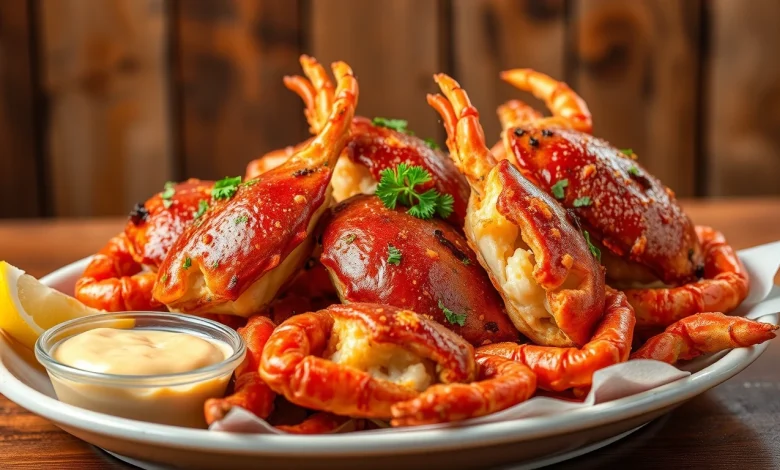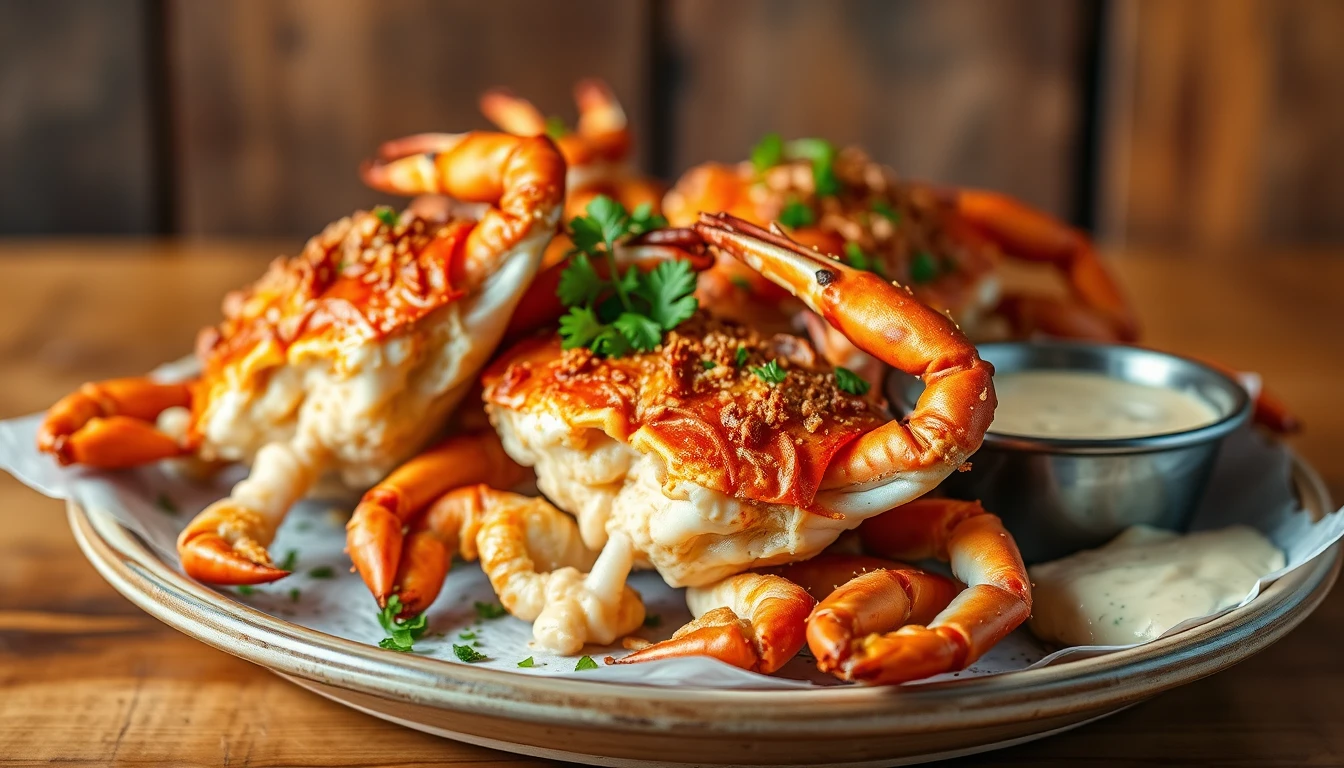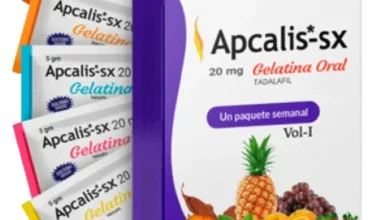Soft Shell Crab: A Culinary Delight Worth Exploring
A Culinary Delight Worth Exploring

Soft shell crab, a true delicacy in the seafood world, offers a unique and delicious experience for food lovers. This seasonal treat has a fascinating life cycle and culinary appeal that goes beyond just being a dish on the menu. In this article, we’ll delve into the journey of soft shell crab, its cultural significance, and the best ways to enjoy it beyond cooking.
Understanding Soft Shell Crab

Soft shell crab refers to crabs that have recently molted, shedding their hard exoskeleton. This process typically occurs in blue crabs during warmer months, primarily from late spring to early summer. Once they shed their shells, these crabs are vulnerable and soft, making them edible in their entirety—shell included. This unique quality sets them apart from traditional hard-shell crabs.
The most common species associated with soft shell crabs is the Atlantic blue crab (Callinectes sapidus). As they grow, crabs must molt to accommodate their increasing size, and during this period, they are a true gastronomic treasure.
Sustainability and Sourcing
When enjoying soft shell crabs, it’s essential to consider sustainability. Overfishing and environmental changes can impact crab populations. Opting for crabs sourced from responsible fisheries helps support sustainable practices.
Additionally, businesses like Seafood Direct play a crucial role in promoting sustainability. As a family-run company based in the UK, Seafood Direct has over 50 years of expertise in the fish business. They source seafood from around the globe and focus on delivering high-quality, frozen products directly to customers’ doorsteps. This commitment to quality ensures that consumers can enjoy soft shell crabs while supporting sustainable fishing practices.
The Life Cycle of Soft Shell Crab
The life cycle of a soft shell crab is fascinating. Crabs have a hard exoskeleton that does not expand, necessitating the molting process.
- Molting Process: As crabs grow, they absorb water, which helps them split their old shell. After molting, they are vulnerable and soft, which makes them prime for predators, but it also makes them a delicacy for humans.
- Recovery Time: Following the molting process, crabs take several hours to regain their strength and harden into a new shell. The window for harvesting soft shell crabs is relatively short, lasting only a few days after the molt.
- Seasonality: In the UK, the best time to find soft shell crabs is typically between April and September, coinciding with the warmer months when molting occurs.
Cultural Significance
Soft shell crabs hold a special place in various cuisines, particularly in coastal regions of the United States and parts of Asia. Here’s how they fit into the culinary landscape:
In American Cuisine
In the United States, soft shell crabs are especially popular in Southern cuisine. They are often deep-fried and served in sandwiches, showcasing the region’s love for hearty, flavorful dishes. Soft shell crab festivals celebrate this seasonal delicacy, highlighting its significance in local culinary traditions.
In Asian Cuisine
In Asian cultures, particularly in Japan and China, soft shell crabs are often featured in sushi and tempura dishes. The delicate texture and mild flavor of soft shell crab complement various ingredients, making it a versatile choice for many recipes. The incorporation of soft shell crab into traditional dishes showcases the appreciation for seafood in Asian culinary practices.
Nutritional Benefits
Soft shell crabs are not only delicious but also packed with nutritional benefits. They are an excellent source of:
- Protein: A great way to meet your daily protein needs, supporting muscle growth and overall health.
- Vitamins and Minerals: Rich in essential nutrients like vitamin B12, iron, and zinc, which are vital for energy production and immune function.
- Low in Calories: When prepared simply, soft shell crabs can be a low-calorie protein option, making them suitable for various dietary preferences.
Enjoying Soft Shell Crab Beyond Cooking
While cooking soft shell crab is a popular way to enjoy this seafood, there are other avenues to appreciate it:
- Dining Experiences: Many seafood restaurants offer tasting menus that feature soft shell crab as a highlight. Dining out can provide insight into different preparation styles and pairings, allowing you to explore the flavor profiles that complement this delicacy.
- Culinary Classes: Participating in a cooking class focused on seafood can enhance your appreciation for soft shell crab. Learning about the preparation, flavor pairings, and cultural significance can deepen your understanding of this unique ingredient.
- Seafood Festivals: Attending local seafood festivals can expose you to various preparations and creative dishes featuring soft shell crab. These events celebrate seafood culture and provide an opportunity to taste and learn from experts in the field.
Conclusion
Soft shell crab is more than just a seasonal delicacy; it’s a testament to the intricate life cycle of crabs and the rich culinary traditions that celebrate them. From understanding their journey from the ocean to our plates to appreciating their nutritional value and cultural significance, soft shell crabs are truly a culinary delight. As you explore the world of seafood, remember to consider sustainability and support businesses like Seafood Direct that prioritize responsible sourcing. Whether you enjoy soft shell crabs at a restaurant, at a seafood festival, or in your kitchen, each bite connects you to a broader narrative of food and culture.









